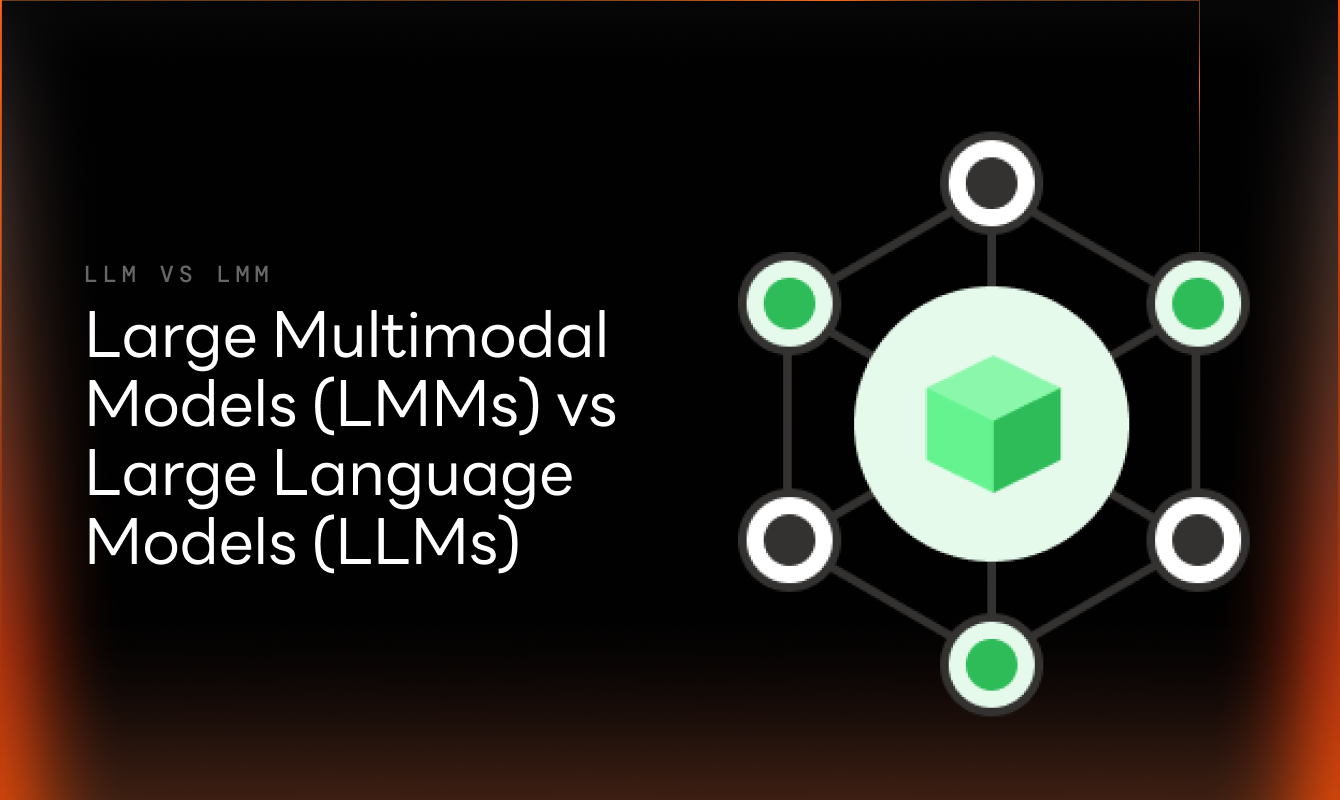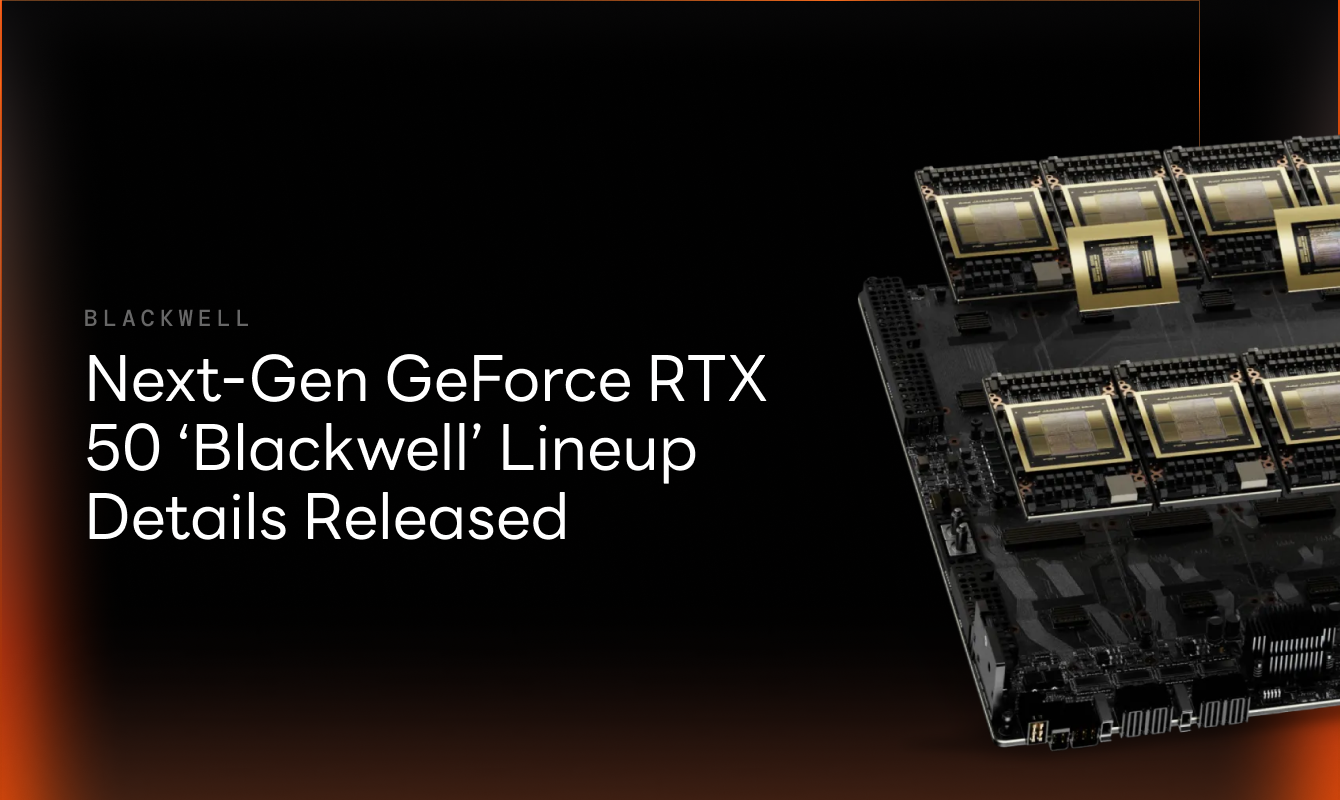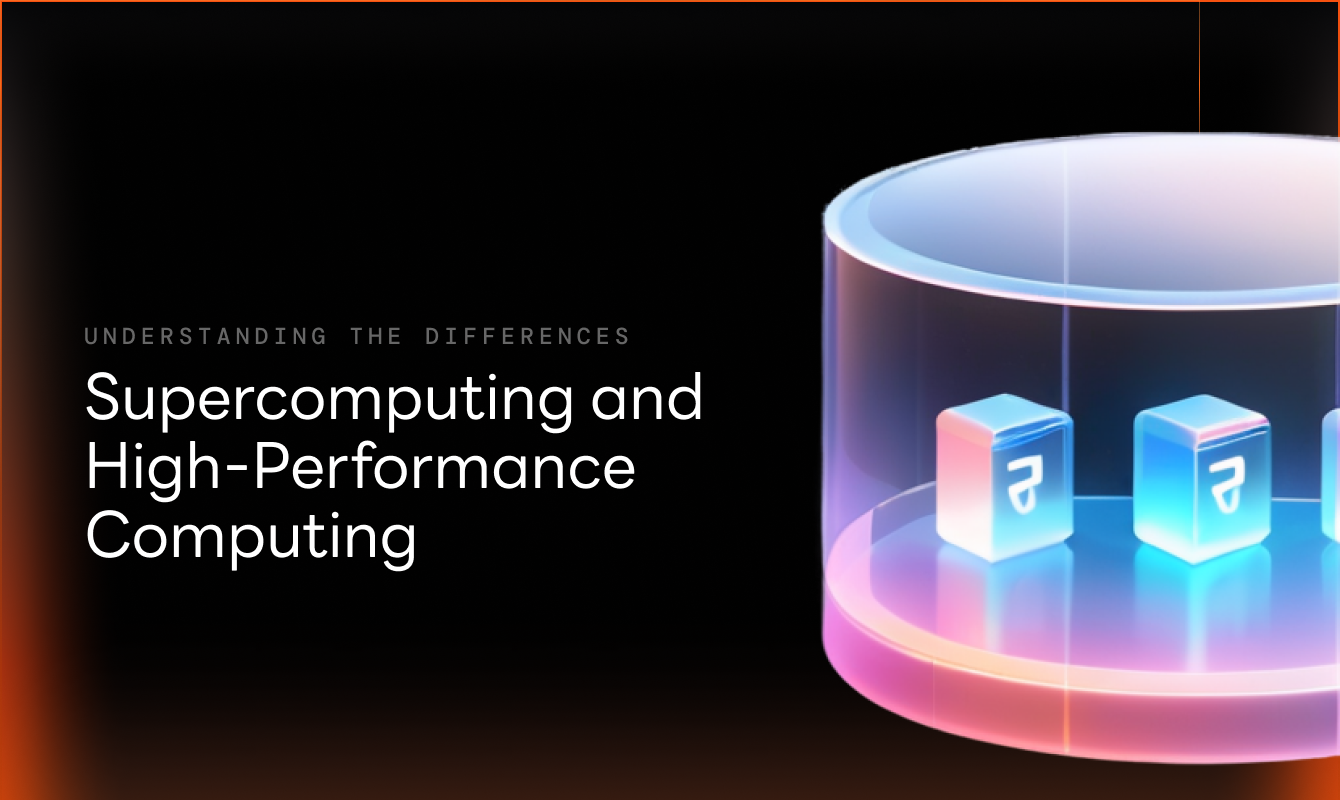
Supercomputing and High-Performance Computing: Understanding the Differences
There is plenty of discussion about High Performance Computing (HPC) these days, especially because the demand for AI clusters has surged, leading to a greater emphasis on top notch computing power. For a long time, high performance computing has shown it can accurately model and predict many physical properties and events. Such performance have deeply impacted our world, helping create wealth and enhancing our quality of life.
Supercomputing and High-Performance Computing: Understanding the Differences
There is plenty of discussion about High Performance Computing (HPC) these days, especially because the demand for AI clusters has surged, leading to a greater emphasis on top notch computing power. For a long time, high performance computing has shown it can accurately model and predict many physical properties and events. Such performance have deeply impacted our world, helping create wealth and enhancing our quality of life.
But as problems grow bigger and more urgent, we’ve entered a time where supercomputers are needed. These are ultra powerful and costly machines that tackle massive tasks quickly. For example, they’re crucial in predicting the weather accurately, designing airplanes, testing car safety and solving huge math problems. As it sounds, it’s largely complex but it’s no longer as useful for the industry as it used to be.
What is Supercomputing?
Supercomputing involves handling incredibly complex or data-heavy tasks by harnessing the combined power of multiple computers working together in parallel. These supercomputers are specially designed for high-performance computing, unlike everyday computers. They stand out as the fastest computers available today, playing a crucial role in fields like computational science.
The architecture of supercomputers plays a vital role in their efficiency. It determines how effectively these systems can process and generate vast amounts of data at remarkable speeds. For example, supercomputers are essential for tasks such as predicting weather patterns with precision, simulating the behavior of molecules in drug development, and modeling the effects of nuclear reactions.
In practical applications, supercomputers are used to simulate scenarios like testing aircraft designs in virtual wind tunnels or studying the behavior of electrons. They also contribute to vital industries such as energy exploration, where they assist in complex calculations for oil and gas extraction.
In essence, supercomputers are the backbone of modern computational sciences, enabling researchers and engineers to tackle some of the most demanding challenges across various disciplines. Their utter speed and efficiency make them indispensable in pushing the boundaries of scientific discovery and technological innovation.
What is High-Performance Computing (HPC)?
High-Performance Computing (HPC) involves using supercomputers and parallel computing techniques to tackle complex computational challenges. Parallel computing means multiple compute elements team up to solve a problem together. Today’s supercomputers heavily rely on this teamwork approach. HPC aims to pool computing power in a way that outperforms regular desktop computers.
Over time, high-performance computing has proven its ability to accurately model and predict various physical properties and phenomena.
The design of HPC systems is shaped by cutting-edge technologies and circuitry, maximizing their efficiency in supercomputers. HPC enables supercomputers to handle tasks that exceed the capabilities of typical desktop setups.
For example, HPC plays a crucial role in scenarios like weather forecasting, where immense amounts of data need swift analysis to predict storms accurately. In scientific research, HPC aids in simulating complex biological processes, such as protein folding, critical for developing new medicines. These applications demonstrate how HPC extends computing boundaries beyond what regular desktops can achieve, making it indispensable in advancing scientific understanding and technological innovation.
If we take a closer look at how it operates: To set up a high performance computing system, compute servers are connected together into a “cluster.” Software programs and algorithms run simultaneously on these servers within the cluster. The cluster is linked to data storage to store the results. Together, these parts work smoothly to handle a wide range of tasks.
For everything to work at its best, each part needs to keep up with the others. For example, the storage part must quickly feed data to and receive data from the compute servers as they process it. Similarly, the networking parts must handle the fast movement of data between compute servers and data storage. If one part lags behind, it slows down the entire HPC setup.
HPC processes large amounts of data using nodes. These nodes contain many CPUs/GPUs, RAM, and fast drives to crunch through huge volumes of data. In an HPC setup, instead of just one CPU with a few cores, thousands of cores across HPC nodes can focus on solving complex problems efficiently.
What can High-Performance Computing (HPC) do?
With the rise of technologies like the Internet of Things (IoT), AI and Machine Learning (ML), organizations are generating vast amounts of data that need quick processing in real-time.
HPC is now implemented across various platforms, from cloud to edge computing and is applied across multiple sectors including science, healthcare, and engineering. Its ability to tackle large-scale computational problems efficiently and cost-effectively makes it indispensable.
For instance, in healthcare, HPC assists in analyzing medical data swiftly to diagnose illnesses and develop personalized treatments. In engineering, it simulates complex designs to optimize performance and durability. These examples highlight how HPC accelerates data-driven decision-making across industries.
Moreover, HPC supports high performance data analysis (HPDA), enhancing the capabilities of big data analytics. It also drives advancements in artificial intelligence, powering deep learning algorithms and neural networks for tasks such as image recognition and natural language processing.
Beyond these applications, HPC finds use in government research, high-performance graphics, biosciences, genomics, manufacturing processes, financial services, geoscience studies, and media applications. Its versatility and power make HPC a cornerstone of modern technology, pushing the boundaries of what is possible in computing and data analysis.
HPC vs. Supercomputers
Although people often use these terms interchangeably, there are clear differences between how HPC and supercomputers work.
For instance, at the National Renewable Energy Laboratory’s High-Performance Computing User Facility, advanced computational models and simulations are used to help researchers and industry predict and reduce risks when adopting new energy technologies.
In practice, both supercomputers and HPC use similar resources, but they use them differently. Supercomputers are generally more expensive because their components are not easily replaceable. Supercomputers can be accessed on a time-based or per-use basis, but they often have long waiting lists and are too expensive for smaller federal agencies.
In the end, supercomputing and HPC are like computational cousins. Both can process information quickly, but supercomputers are designed for specific problems, while HPC takes a multi-model approach like a polymath.



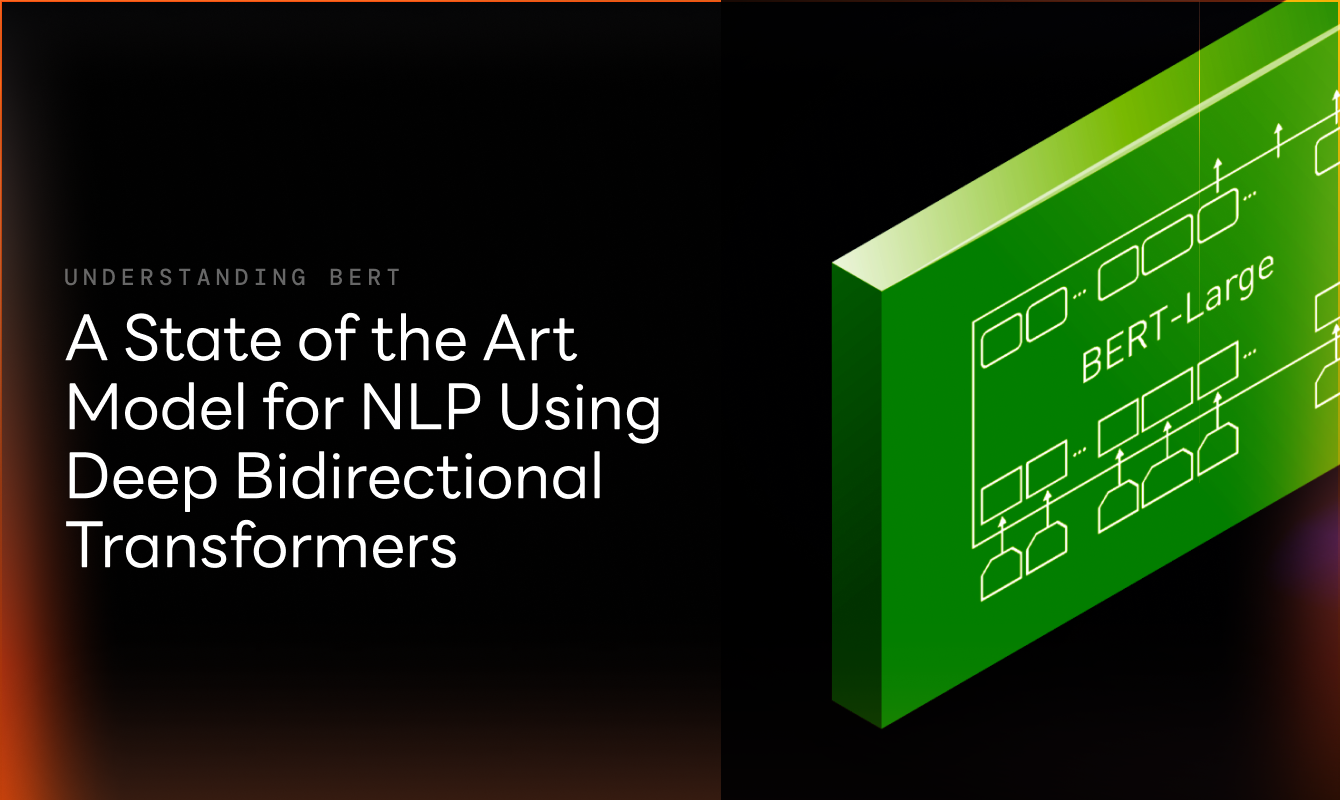
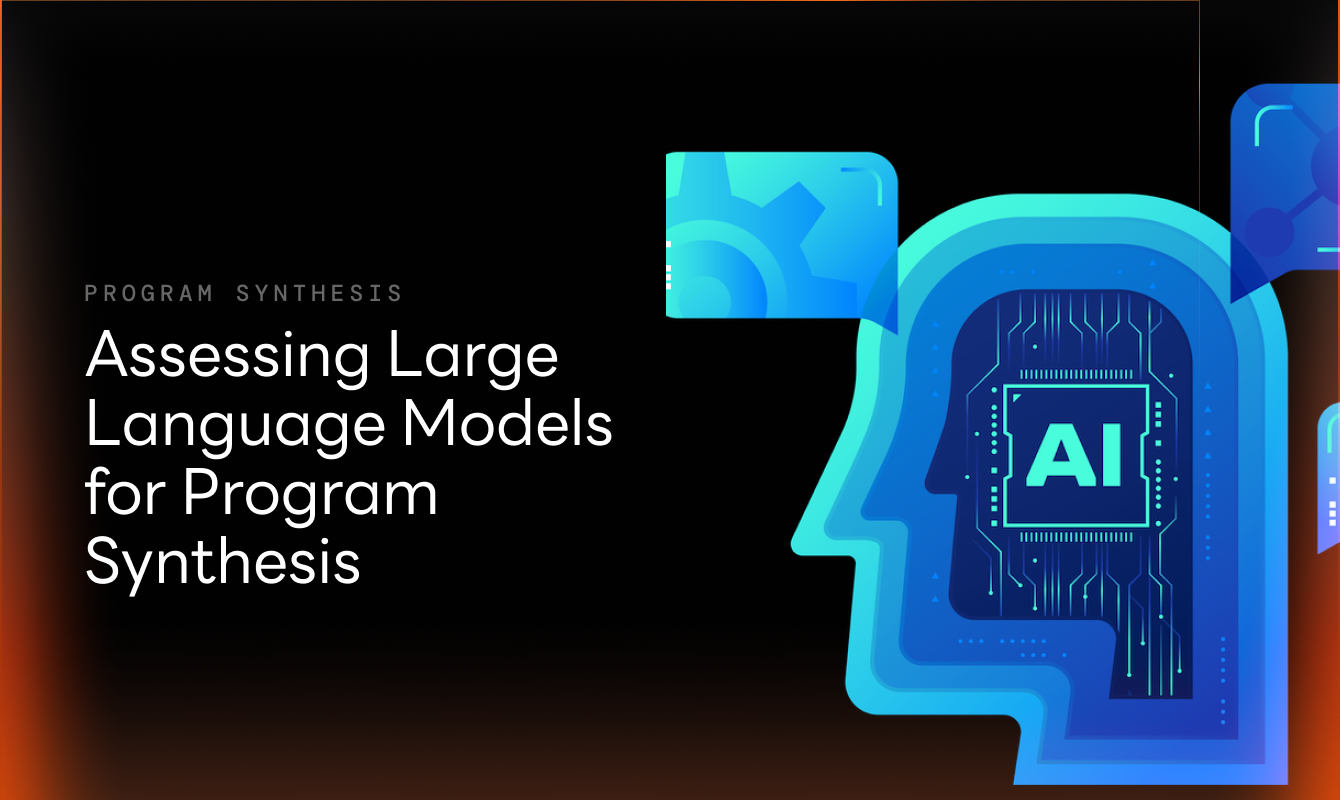


![GPUNET Verifiable Exchange: The Next Frontier for $GPU, Nodes and Ecosystem [TEASER]](https://i.ibb.co/Z1JWjN7r/Article-Cover.png)







